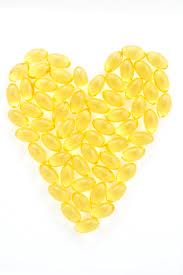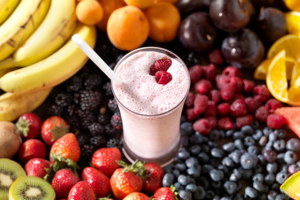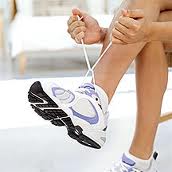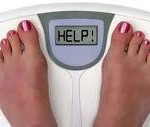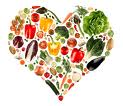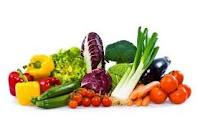 A well planned vegetarian diet can be nutritionally balanced for both adults and children however it is very important not to simply avoid animal products but to substitute them with nutritious alternatives such as dairy foods, eggs, pulses, nuts, seeds, and cereals.
A well planned vegetarian diet can be nutritionally balanced for both adults and children however it is very important not to simply avoid animal products but to substitute them with nutritious alternatives such as dairy foods, eggs, pulses, nuts, seeds, and cereals.
There are 2 main types of vegetarians –
Lacto-ovo vegetarians.
Lacto-ovo vegetarians avoid meat, poultry and fish but eat eggs, milk and dairy products as well as cereals, vegetables, pulses, grains, seeds and nuts. The nutritional issues that these group face are similar to those following a conventional diet i.e. watch out for high fat, high salt. Choose mainly low fat cheese for example Edam, Gouda along with plenty of grains, vegetables, and fruits. Ensure you take an iron and folic acid supplement before during pregnancy as requirements are higher for these nutrients.
Vegans
Vegans avoid meat, poultry, fish, eggs, milk and dairy produce but eat cereals, fruit, vegetables, pulses, grains, seeds and nuts. Vegans have very different nutritional issues. Without any foods of animal origin getting enough calories to maintain a healthy weight can be difficult especially for growing children and nutrients such as Vitamin B12 and iron (needed for healthy red blood cells),Vitamin D and calcium (needed for healthy bones/teeth) and zinc (essential for healthy growth) all require special attention.
How to achieve a healthy vegetarian diet
The current healthy eating guidelines recommend that we reduce fat, sugar and salt in our diets and eat more fruit and vegetables; this can be achieved by a vegetarian diet. No single food contains all the nutrients that our bodies need so a variety is required.
Cereals, rice, potato and pasta group
6+ portions recommended/day. Choose fortified cereals to help with iron and Vitamin B12 intakes.
Fruit and vegetable group
5 or more recommended daily. Good sources of Vitamin A and C and folic acid.
Milk and dairy group.
The main nutrients supplied by this group are calcium, Vitamin B12, protein, energy and Vitamin A. Soya Milk and products are used by those following a vegan diet but ensure that the products you choose are fortified with calcium, to help meet your requirements.
The meat alternative group
This group includes peas, beans, lentils, tofu, nuts, seeds, textured vegetable protein, quorn cheese and eggs.
Fats and oil group
This group also contains sugar sweets confectionary, crisps, biscuits etc. Vegetarians who require a higher energy may need to include additional servings from this group.


